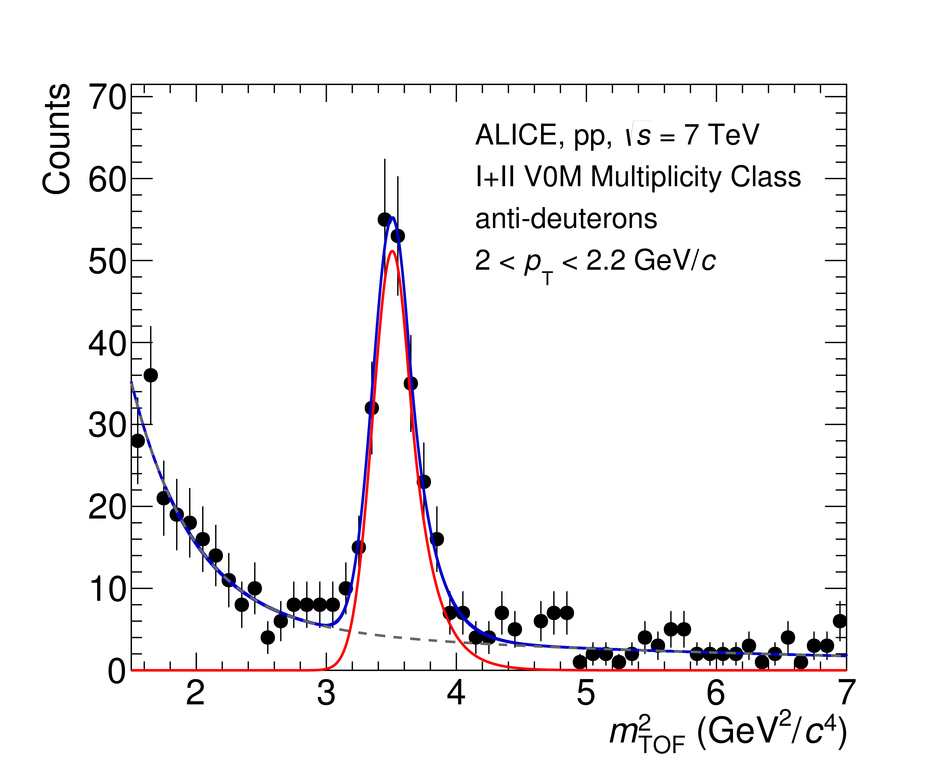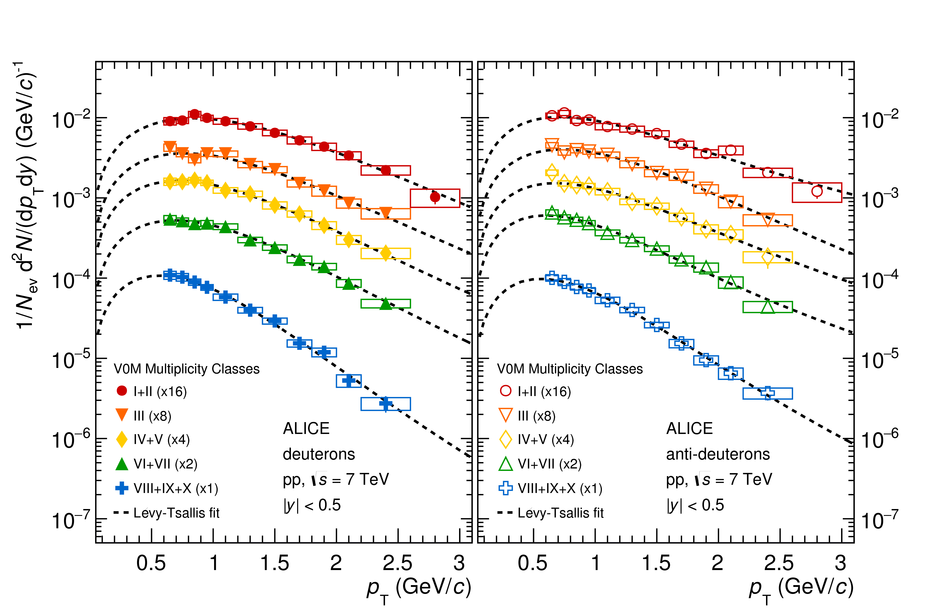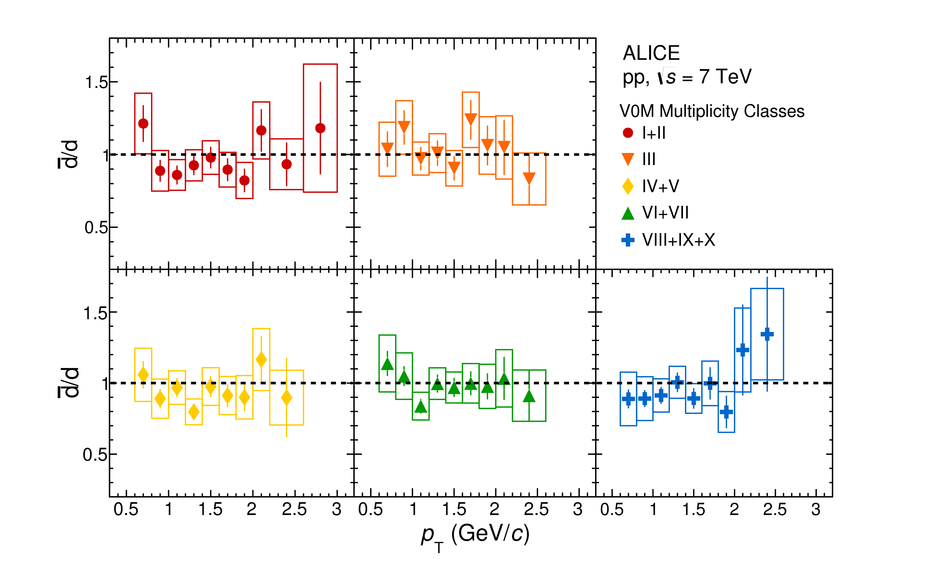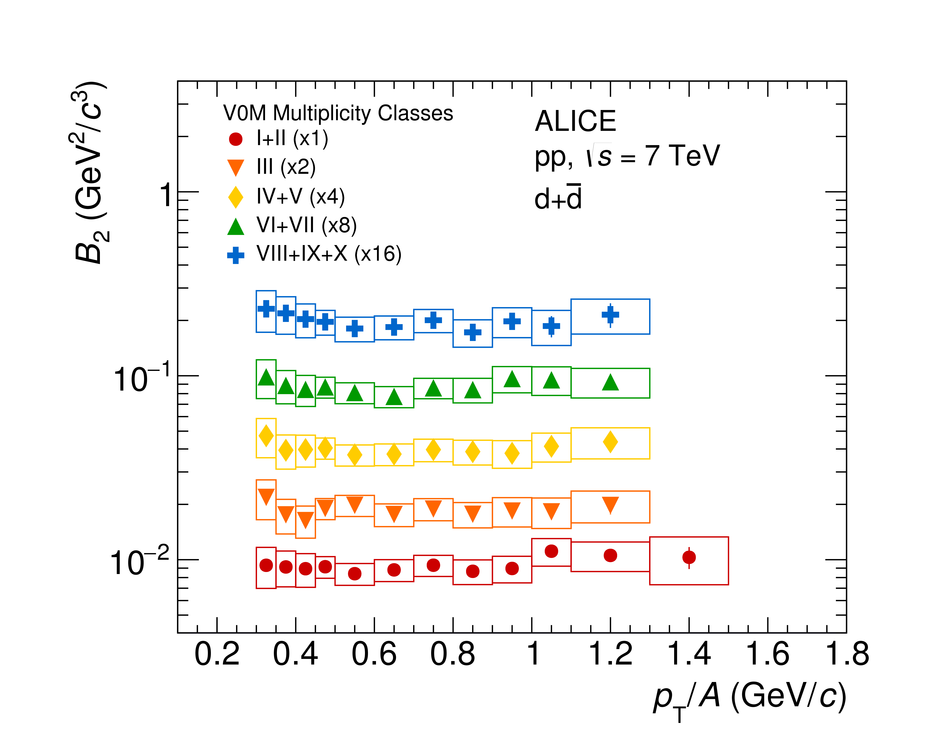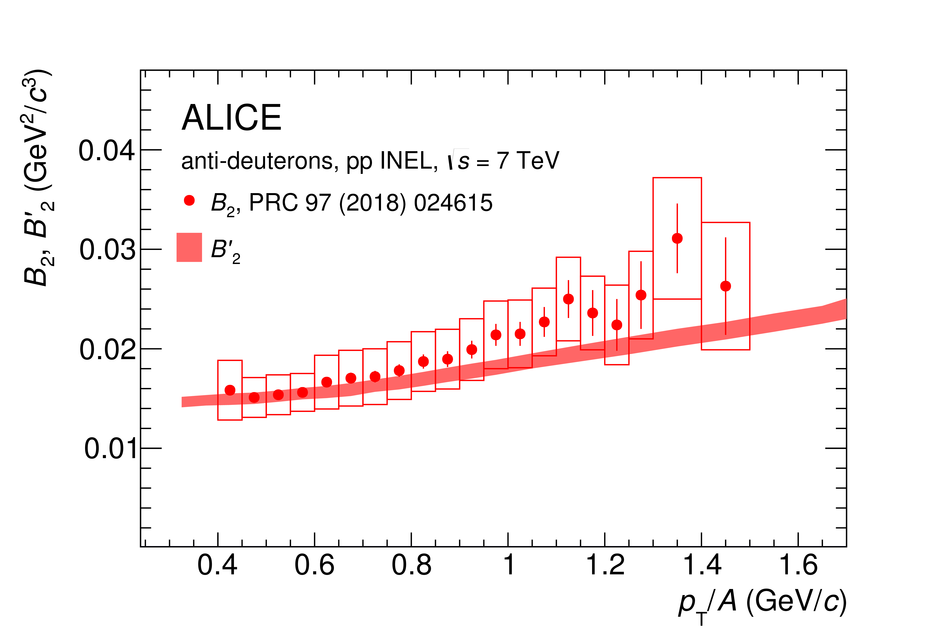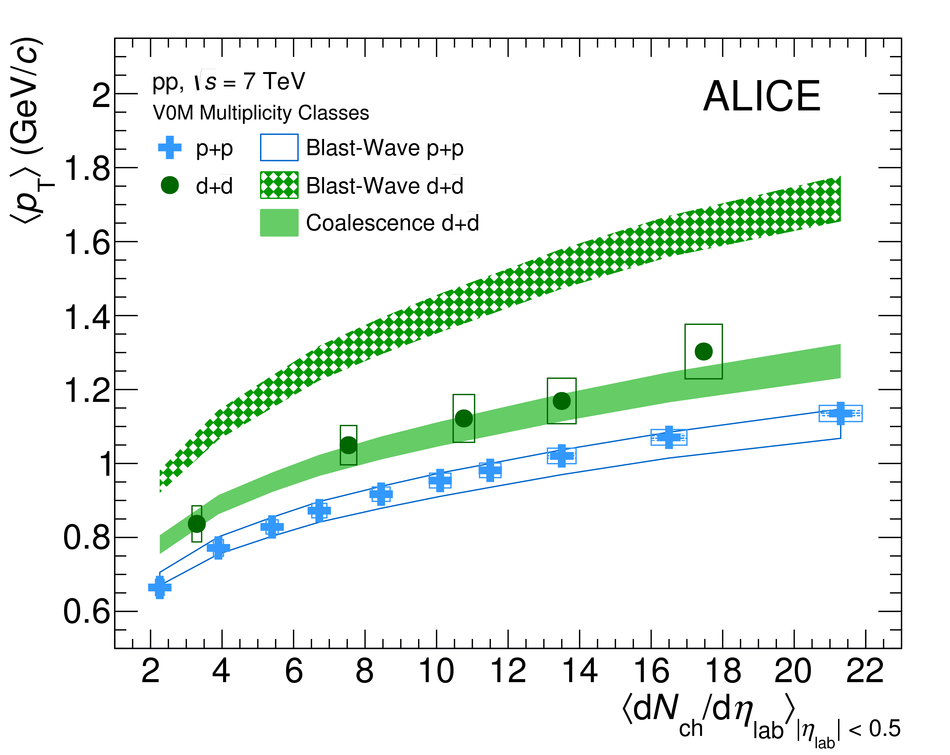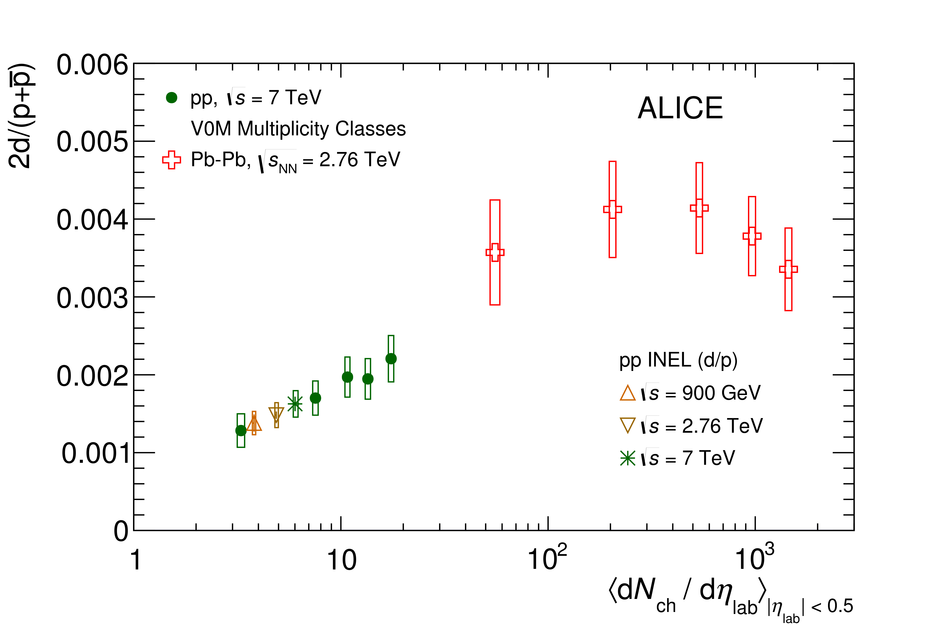In this letter, the production of deuterons and anti-deuterons in pp collisions at $\sqrt{s} = 7$ TeV is studied as a function of the charged-particle multiplicity density at mid-rapidity with the ALICE detector at the LHC. Production yields are measured at mid-rapidity in five multiplicity classes and as a function of the deuteron transverse momentum ($p_{\rm{T}}$). The measurements are discussed in the context of hadron-coalescence models. The coalescence parameter $B_{2}$, extracted from the measured spectra of (anti-)deuterons and primary (anti-)protons, exhibits no significant $p_{\rm{T}}$-dependence for $p_{\rm{T}} <~ 3$ GeV/$c$, in agreement with the expectations of a simple coalescence picture. At fixed transverse momentum per nucleon, the $B_{2}$ parameter is found to decrease smoothly from low multiplicity pp Pb-Pb collisions, in qualitative agreement with more elaborate coalescence models. The measured mean transverse momentum of (anti-)deuterons in pp is not reproduced by the Blast-Wave model calculations that simultaneously describe pion, kaon and proton spectra, in contrast to central Pb-Pb collisions. The ratio between the $p_{\rm{T}}$-integrated yield of deuterons to protons, d/p, is found to increase with the charged-particle multiplicity, as observed in inelastic pp collisions at different centre-of-mass energies. The d/p ratios are reported in a wide range, from the lowest to the highest multiplicity values measured in pp collisions at the LHC.
Phys. Lett. B 794 (2019) 50-63
HEP Data
e-Print: arXiv:1902.09290 | PDF | inSPIRE
CERN-EP-2019-024

